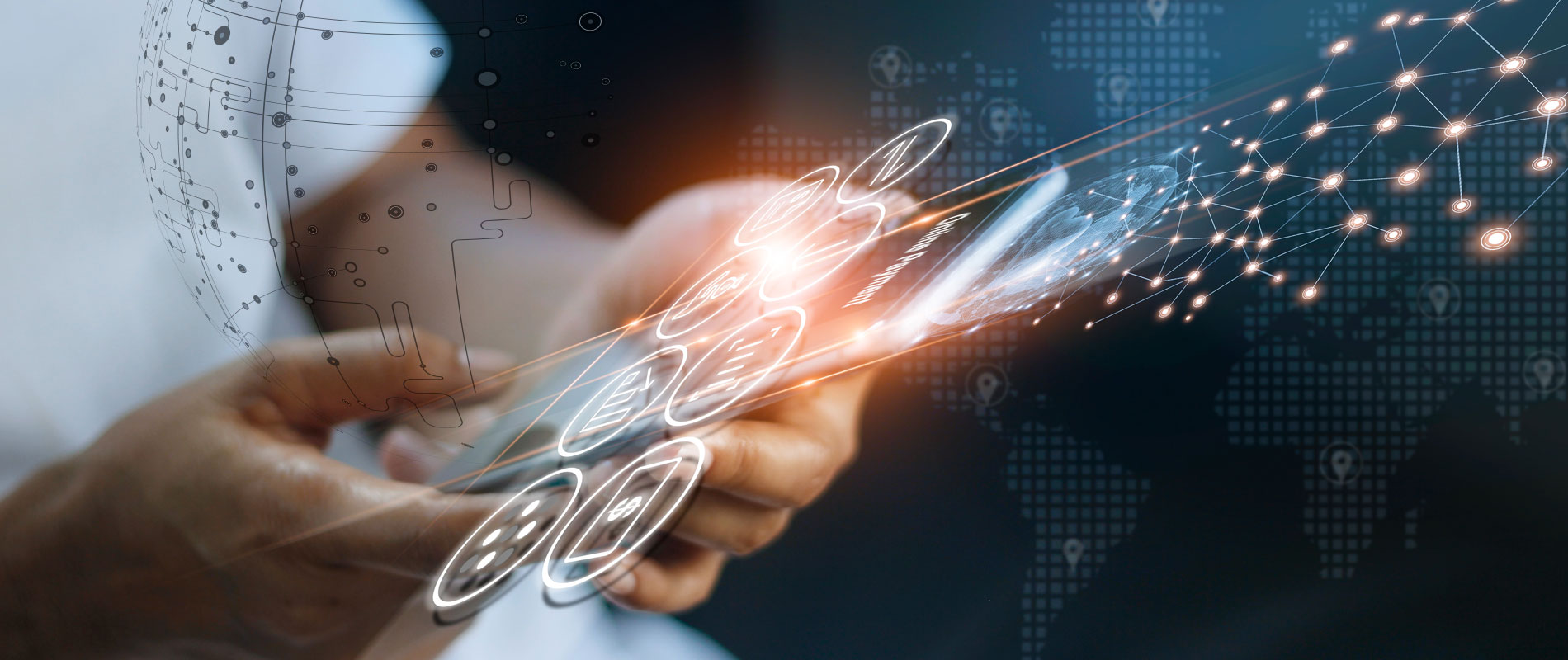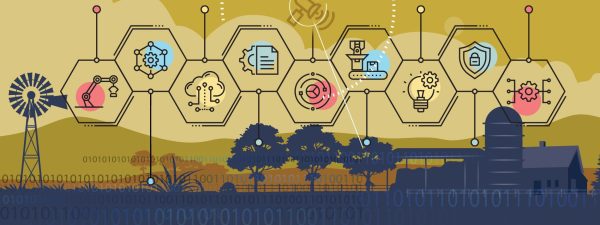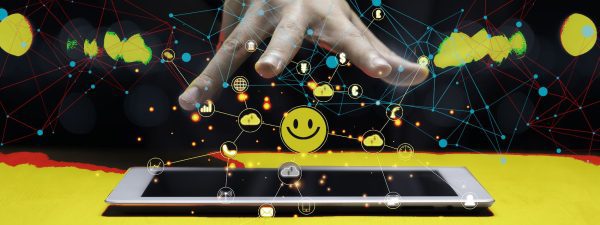Naomi R.
The financial services sector has been leveraging customer and contextual data to make better, more informed decisions. More and more, banks and other retail establishments are using the data they gather to create value for their organizations and protect their interests.
Today, 3.5 billion people own and use a smartphone, which collects huge amounts of data from a single endpoint. In fact, the rate at which we as a species create data is exponentially increasing. It’s estimated that 90% of all the data in the world was created in the last two years.
IoT devices help gather data from the world around them through processing payments, monitoring mental fatigue, and even letting us know when to order printer ink. With the number of IoT devices set to increase dramatically over the coming decade, the amount of data available to everyone–from retailers to insurance agencies–is set for exponential growth.
In the fintech sector, the data gathered by IoT systems is expected to be invaluable. Jordan McKee at Forbes writes, “longer-term, the latent – and more lucrative – IoP revenue opportunity will be found in harnessing the explosion of new data inputs that can provide deeper and more granular insights on customer behavior. The opportunities for new data streams generated by IoT devices and sensors are endless and will serve to bolster decision-making accuracy in areas ranging from fraud prevention to know your customer (KYC) requirements, to lending to targeted offers and recommendations.”
The Internet of Payments (IoP)
The most tangible development trend being driven by IoT applications in the payment sector is an expansion of the payments acceptance network. The next few years will see any and all devices becoming “smarter” and able to purchase goods and services. “From the comfort of their homes to the confines of their cars, people want to make purchases when they want and where they want,” Sherri Haymond, executive vice president of Digital Partnerships at Mastercard North America, states. “Our familiarity of shopping with mobile and voice-activated devices have created the expectation for almost every device to be a way to shop and pay.”
In the IoP age, everything from a household appliance to your car has the potential to become an endpoint for payments. For instance, Samsung’s Family Hub Smart Fridge allows users to shop and pay for on-demand grocery deliveries using the Instacart App–and even order takeout through services like GrubHub.
In the Automotive sector, both GM and Honda have released features that allow motorists to do tasks like make restaurant reservations and pay for goods and services like fuel, movie tickets, and parking from the vehicle’s navigation system. Honda’s Dream Drive debuted at CES 2019 and featured the car manufacturer’s collaboration with Visa, Mastercard, and PayPal. “Combining Visa’s payment expertise and Honda’s expansive platform, we are one step closer to transforming the car into a new epicenter for commerce,” Olabisi Boyle, vice president of IoT at Visa, stated.
IoP is most prevalent in the wearable IoT space. IoP wearables, such as the Apple Watch, allow customers to connect with banking apps to track expenses and perform a wide range of other mobile banking tasks. These devices also streamline the spending process for the user. Some can even grant increased security features. The Nymi smart wristband, for example, is capable of reading the user’s heart rate for biometric authentication.
Combining retail banks with IoT
The fintech sector has already adopted several IoT applications to enhance retail banks. IoT technology has the potential to digitally transform physical banking spaces and address pain points that are pushing customers towards digital banking.
According to a report by software developer Iflexion, IoT has the potential to unify physical and digital banking. Through “Phygital Banking” experiences, banks are now blending their digital and physical offerings using beacons: IoT transmitters that connect to Bluetooth-enabled devices such as smartphones and tablets. These beacons, which are also being used in the retail industry, connect to customers’ devices to push notifications, create personalized ATM experiences. manage queues, and handle the meet-and-greet process.
Iflexion further adds, “new-generation beacons can detect customers’ presence at a distance of at least 50 meters, presenting banks with an opportunity to prompt visits to a branch by pushing relevant reminders to the customers’ phones.” The result is increased customer interaction with physical locations using the power of digital banking. The bank also gains access to new data points relating to customer behavior and preferences.
The Future of IoP
One of the most important ongoing conversations in the world of tech revolves around privacy and information security. As the amount of data in the world grows – and companies take further steps to harness and capitalize on the value of that data – global cybersecurity efforts need to keep pace with increased risk and higher stakes. Companies, particularly in the finance and payments sector, need to recognize that increasing IoT capabilities means increasing security as well.
From smart speakers to smart sensors, from smart cars to smartwatches, IoP is set to be an omnipresent, omnichannel network for the modern consumer. As more IoT devices are being created and developed to link physical and digital banking, IoP has the potential to transform the finance sector dramatically.




